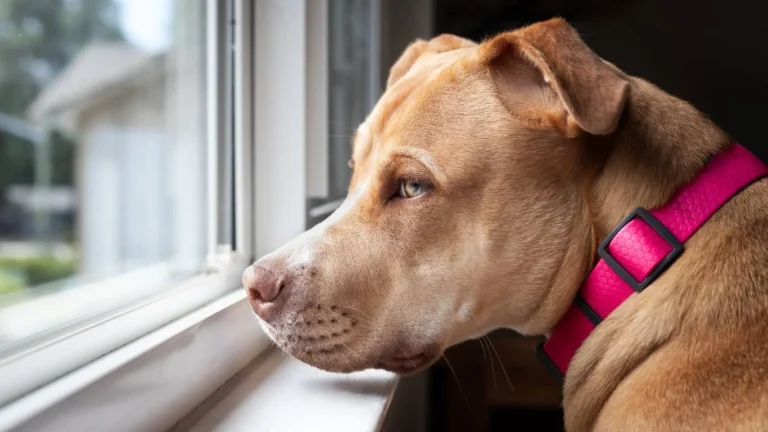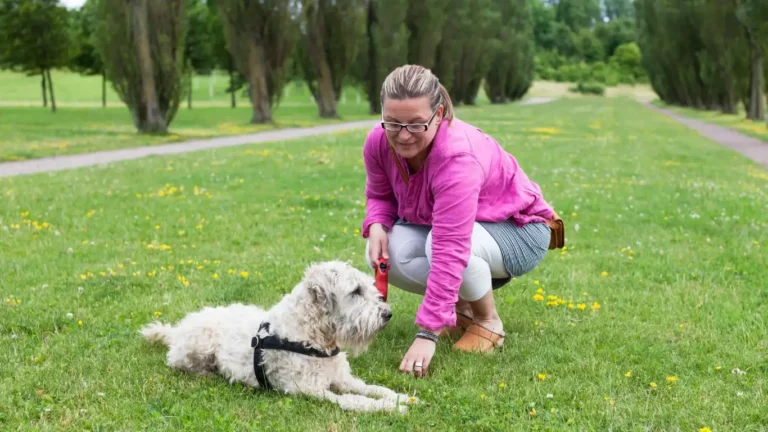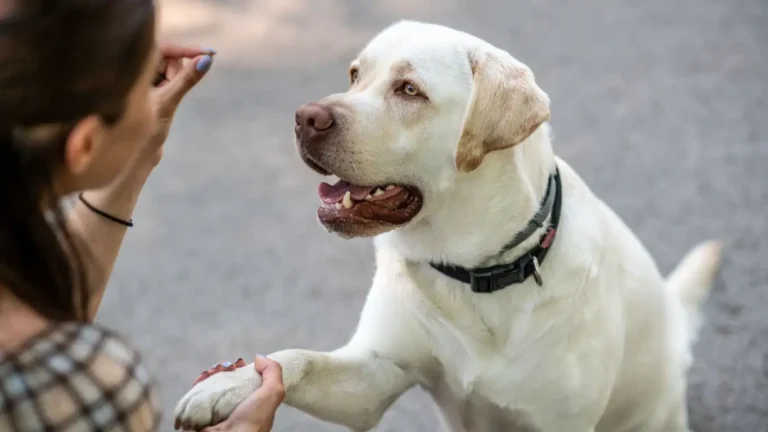Master Off-Leash Training: How to Train a Dog to Walk Indoors Without a Leash
If you’re like me and love seeing dogs at their happiest, you’re probably wondering how to train a dog to walk without a leash indoors. It’s one of the most freeing and impressive tricks you can teach a dog, especially if you have an active or mischievous pup. I’ve been in the dog training world for years now, working as a Canine-Assisted Therapy Trainer, and believe me, getting a dog to walk calmly without a leash indoors is totally possible with patience, consistency, and the right techniques.
In this guide, I’ll walk you through everything you need to know to get your dog walking off-leash, comfortably and confidently, in no time. And yes, it’s totally achievable, no matter your dog’s age or breed. Let’s dive into the journey of creating a calm, obedient, leash-free environment for you and your furry friend.
Understanding the Basics of Off-Leash Training
Before you dive headfirst into the training process, let’s take a moment to understand why off-leash training can be so beneficial. I’ve seen firsthand how this kind of training can transform a dog’s behavior, not just inside the house but also in various other situations, like therapy work or public outings.
When it comes to training a dog to walk without a leash indoors, it’s essential to first establish a solid foundation of basic obedience commands. You know, the usual suspects like sit, stay, come, and down. If your dog hasn’t fully mastered these commands, walking off-leash might be a bit premature. Trust me, trying to teach a dog to walk off-leash when they haven’t quite gotten the hang of following directions can lead to a lot of frustration. And while we all know dogs are adorable, they can be quite the little rascals if they aren’t listening to you!
That said, laying the groundwork is a lot easier than it sounds. Think of it like laying the tracks for a train: you need the tracks in place before you can have the train running smoothly. Once your dog can sit and stay reliably, you’re well on your way. The next step is building up to a situation where your dog feels comfortable walking freely without the safety net of a leash.
The Importance of Positive Reinforcement
Positive reinforcement is a game-changer in dog training, especially when you’re working towards something big like off-leash walking. In my experience, dogs thrive on rewards for good behavior—whether that’s praise, treats, or their favorite toy. Positive reinforcement builds trust and keeps your dog motivated to repeat the desired behaviors. And I can’t stress this enough—make sure the rewards come immediately after the behavior you’re rewarding. Timing is crucial!
When you’re working with your dog, use their natural excitement and enthusiasm as leverage. For example, if your dog follows you across the room without pulling on the leash, reward them right there and then. This teaches them that the desired behavior—walking with you—is more rewarding than pulling, tugging, or darting off on their own.
Another thing to remember is that this type of training is a marathon, not a sprint. Dogs, much like people, don’t learn everything overnight. Patience is your best friend. While it might feel like your dog is more interested in sniffing the corners of the room than focusing on you, stick with it! Consistency is key.
Setting Up the Indoor Training Environment
Now that you understand the foundational concepts, let’s talk about setting up your training space. It might sound simple, but believe me, creating the right environment can make a big difference in your dog’s learning process. You want to minimize distractions, especially when you’re first starting out. If your dog can’t focus on you because there’s a squirrel outside the window or their favorite squeaky toy lying around, it’s going to make the process a lot harder.
Here’s a little tip: start in a quiet, enclosed space—like a living room with no distractions. As your dog becomes more comfortable walking without a leash in that space, gradually increase the size of the area. This helps build confidence and allows your dog to start generalizing the behavior to different rooms or parts of the house. I always recommend starting in an area with no furniture or obstacles so your dog has plenty of room to roam and explore, but not too much freedom that they get overwhelmed.

Another key aspect of this training is using clear boundaries. Set up boundaries by creating specific “training zones” within your home. This teaches your dog that there are areas where they can roam freely and others where they need to follow commands. Having those boundaries in place helps your dog know what’s expected of them and gives them the security they need to feel comfortable walking without a leash.
Introducing the First Few Steps
It’s time to start getting your dog used to walking without the leash! But before you get too excited, start slow. You’ll want to begin with short distances and gradually increase the length of the walk as your dog becomes more comfortable.
Here’s a simple starting point: Begin by walking your dog around the room with the leash on, but let it drag behind them. This gives your dog the freedom to move but still offers you control. You can practice walking across the room, and when your dog is following you, reward them with a treat. If they start to wander off, gently guide them back and try again. You want them to associate following you with positive experiences.

Once your dog is walking alongside you with the leash on and dragging behind, you can begin working on the next phase: removing the leash entirely. I always tell my clients to take it slow here—don’t rush into letting go of the leash too soon. Start by taking the leash off when you’re in a quiet space, and then see if your dog stays with you or gets distracted. If they stay focused on you, that’s a good sign they’re ready for the next step!
Common Challenges and How to Overcome Them
Training a dog to walk without a leash indoors sounds straightforward, right? But like any training process, there are going to be a few bumps along the way. One of the most common challenges I see is a dog getting distracted by something in the environment—whether it’s a toy, a noise, or even just a change in the scenery. Remember, distractions are a normal part of life, and it’s up to you to guide your dog back to focus.
If your dog keeps getting distracted, try using high-value rewards to get their attention back. I recommend using something your dog really loves, like a piece of chicken or a squeaky toy. When your dog comes back to you or stops wandering, reward them immediately. It may take a little time, but with patience and consistency, your dog will learn to stay focused on you.
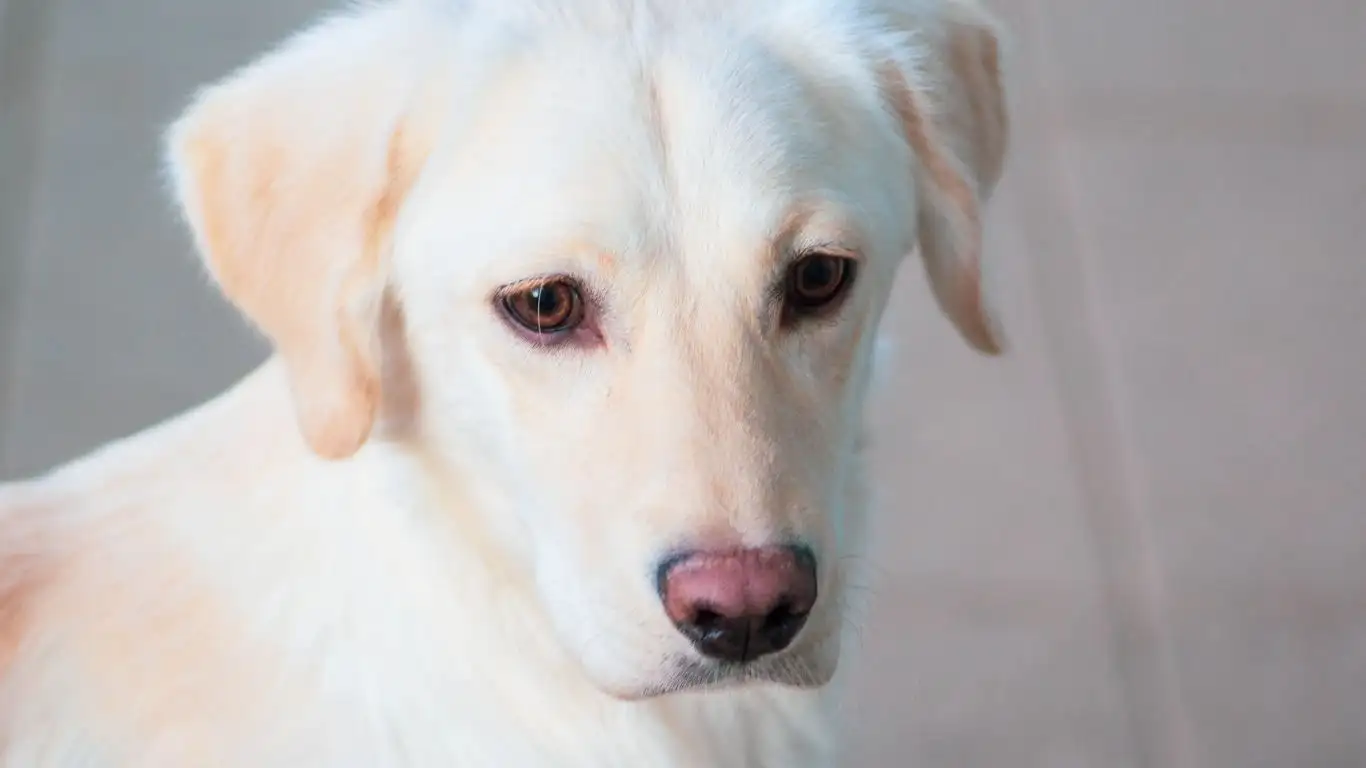
In the next section, we’ll dive deeper into troubleshooting these challenges and discuss how you can fine-tune your approach for different breeds and personalities. Stay tuned!
Fine-Tuning Your Dog’s Off-Leash Skills
So, you’ve made it past the early stages of getting your dog used to walking off-leash indoors. They’re comfortable with you walking around without a leash, and they’re following your commands most of the time. Awesome! But now comes the next phase: fine-tuning those skills. This part is all about increasing the duration, adding more distractions, and making sure your dog truly understands the rules.
Here’s the thing about off-leash training: just because your dog walks with you without the leash for 10 seconds doesn’t mean you’re done. You need to gradually build their confidence in following you for longer distances, in more distracting environments, and with less direct control from you. It’s about trusting them, but also staying consistent in your approach.
Increasing Duration and Distance
Now that your dog is following you without the leash in a quiet space, it’s time to challenge them a bit more. Start increasing the distance and duration of your walks. It’s like a muscle—you need to work it out regularly to get stronger. Gradually make your dog walk further away from you, but always keep an eye on their body language. Are they getting distracted? Are they still focused on you? These are signs to pay attention to, so you can avoid pushing them too far too quickly.
For example, you can start with walking across the room with your dog off-leash. Then, increase the distance by moving into another room or down a hallway. The key is to make it gradual and to reward them whenever they stay focused and follow your lead. I’ve always found that mixing it up keeps things exciting for the dog. A little variety goes a long way in reinforcing good behavior!
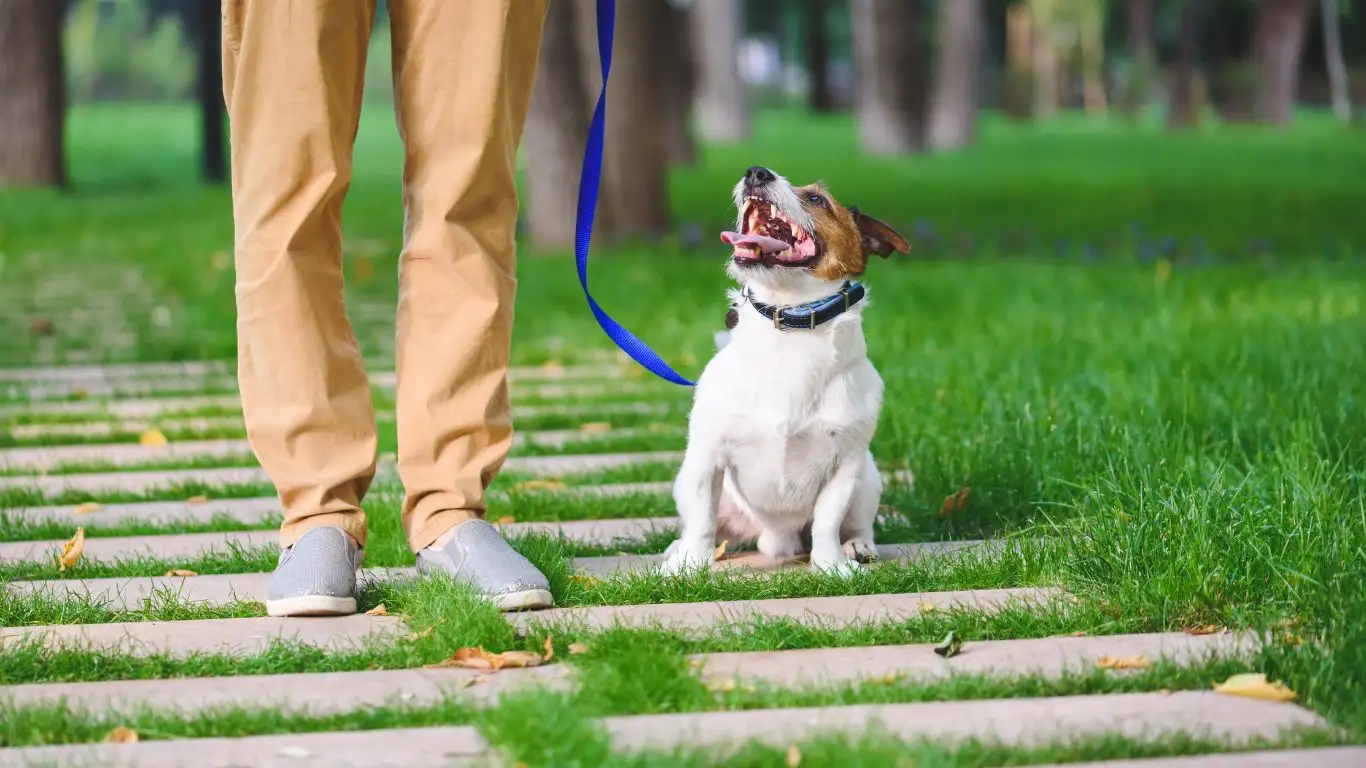
Don’t forget to keep the rewards coming as you increase the distance. It might be tempting to hold off on the treats, but remember: the more reinforcement you give during these tougher stages, the more likely your dog will be to succeed. Just like how I wouldn’t expect a client to do a complex therapy session without some praise, your dog also needs encouragement when they’re working hard!
Introducing Distractions Gradually
One of the most challenging aspects of off-leash training is dealing with distractions. It’s easy for a dog to stay focused when it’s just the two of you in an empty room, but as soon as something new enters the picture—a squeaky toy, a noise outside, or even another person—they might lose track of what they’re supposed to be doing. And trust me, I’ve seen plenty of dogs get distracted during therapy sessions, so I know firsthand how tricky it can be to keep their attention.
To overcome this, it’s best to introduce distractions gradually. You don’t want to overwhelm your dog right away, so keep it simple at first. Start with a toy or a treat in the room while you practice walking. If your dog starts to get distracted, gently redirect their attention back to you. Use a clear, firm “come” or “focus” command to let them know they need to pay attention. Reward them as soon as they look at you or follow your direction. The more you practice in slightly more distracting environments, the better your dog will get at maintaining focus, even when things around them are more exciting.
As you progress, you can increase the level of distractions. You can add another person in the room or practice walking in a slightly busier environment. The idea is to make sure that your dog learns to walk off-leash in increasingly complex situations, while still listening to you. But remember, just like in therapy work where we don’t expect too much too soon, go at a pace that suits your dog.

Tailoring Off-Leash Training to Your Dog’s Personality
One thing I’ve learned from working with dogs of all kinds is that each dog has its own unique personality and learning style. Some dogs are naturally calm and focused, while others are a bit more energetic or independent. And that’s totally okay! The beauty of training a dog is that you can adapt your methods to fit their individual needs.
If you have a more independent dog, they might need a bit more patience when it comes to off-leash training. These dogs are often highly motivated, but they might not always be as eager to follow commands. This is where consistency is key—being patient and rewarding them for staying focused, even for short periods, will help them understand that it’s worth paying attention to you. I’ve had clients with high-energy breeds who thought their dogs would never settle down indoors, but with the right training, they learned that the off-leash walking time was an exciting and rewarding experience!
On the flip side, if your dog is more of a nervous or anxious type, they may struggle to feel secure enough to walk without a leash. In these cases, it’s important to build up their confidence gradually. Start by rewarding small steps—like walking a few steps off-leash—and always make sure they feel safe. I often recommend having a lot of treats or even a comforting toy nearby for these dogs, so they know that the environment is safe and predictable. Slowly, their confidence will grow, and they’ll become more comfortable walking off-leash in new situations.
Breed-Specific Considerations
Different breeds have different tendencies, and understanding these can help you tailor your training approach. For example, herding breeds like Border Collies or Australian Shepherds are often very focused and eager to please. These dogs tend to pick up off-leash walking pretty quickly, but they may also get overstimulated by movement or activity. For these breeds, it’s important to offer plenty of mental stimulation and focus-based training sessions to keep them from getting bored.
On the other hand, some independent breeds, like Huskies or Shiba Inus, may take a bit longer to warm up to off-leash walking, as they’re not as eager to follow your every move. But with consistent training, positive reinforcement, and a lot of patience, you can definitely get them walking off-leash in a way that works for both of you!
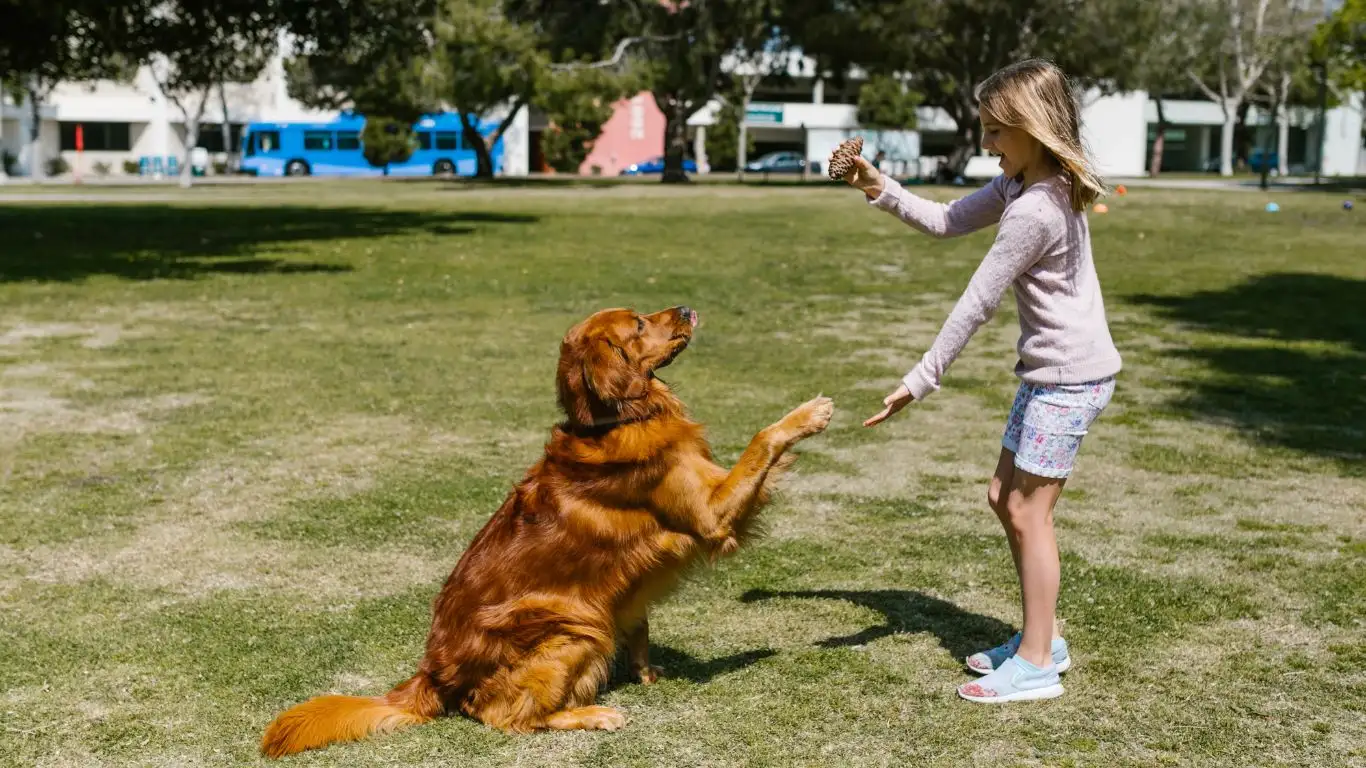
Understanding your dog’s natural instincts and tendencies will help you create a training plan that suits them best. The more you adapt to their needs, the more successful your off-leash training will be. I’ve seen so many dogs transform when we take their individual personalities into account—it makes all the difference!
Troubleshooting: Common Issues and How to Fix Them
As with any training process, there will be bumps along the road. Some dogs may start getting overly excited and forget their manners once they realize they’re off-leash. Others might still try to bolt or wander off if something grabs their attention. Don’t worry—these challenges are completely normal, and they can be overcome with the right strategies. Let’s talk about a few common issues and how to handle them.
If your dog is getting distracted and running off, try using a long lead in the early stages. A long lead allows your dog the freedom to roam a little, but you still have control if they get too distracted. Gradually work on lengthening the amount of time they stay focused on you before they get their reward. If they’re distracted by a particular noise or event, create a safe space or another distraction to keep them from going off-track.
Consistency and patience are your best tools for overcoming these hurdles. Keep practicing, stay calm, and remember that every dog is a little different. If you stay dedicated and work through the challenges, your dog will eventually understand what’s expected of them when it comes to walking off-leash indoors.
Maintaining Off-Leash Training Over Time
So, your dog has gotten really good at walking off-leash indoors. They’re staying focused, following your lead, and even handling distractions with ease. But here’s the thing: training doesn’t stop once you hit a milestone. Maintaining the behavior over time is just as important as getting it started in the first place. Just like with therapy work, consistency and ongoing reinforcement are key to long-term success. Dogs, like us, thrive on routine and reinforcement, so let’s talk about how to keep that off-leash magic alive.
Reinforcing the Off-Leash Walk Regularly
Even though your dog has mastered the art of walking without a leash indoors, it’s crucial to continue practicing regularly. I always tell my clients that training should be a part of your daily routine, not something you “finish” once the dog knows the basics. In my experience, dogs thrive when training becomes part of their daily activities, whether you’re walking around the house or practicing in a new room.
One trick that works really well is setting aside a few minutes every day to do a “refresher” session. It doesn’t need to be long or complicated—just a quick 5-10 minute practice session where you walk around the house and give your dog the chance to follow you off-leash. This keeps the skill sharp and reminds your dog that off-leash behavior is always expected.

Another great idea is to make these refresher sessions part of your daily walks. If you’re taking your dog outside, use the same cues you’ve practiced indoors. Even though outdoor distractions may be more intense, reinforcing their skills in a real-world environment will keep them engaged and teach them that the rules apply everywhere—not just at home.
Remember: the key is consistency. Even after your dog is “off-leash trained,” they need reminders and refreshers to keep the behavior fresh in their minds.
What to Do When Things Go Off-Track
No matter how much progress you’ve made, there will always be days when things don’t go as planned. Maybe your dog gets distracted by something new in the house, or they start getting a little too excited and forget their manners. It happens. But here’s where it’s important to stay calm and patient. In my years as a Canine-Assisted Therapy Trainer, I’ve seen dogs regress, but I’ve also seen them bounce back with the right adjustments.
Handling Regression
If your dog suddenly starts showing signs of slipping back into old habits (like darting off or ignoring commands), don’t worry—regression is totally normal. This can happen for many reasons: maybe your dog is feeling under the weather, stressed, or simply overwhelmed by new distractions. The good news is that with the right approach, you can help them get back on track.
Start by taking a step back in your training. If your dog is having trouble staying focused off-leash, it might be time to return to a more controlled environment with fewer distractions. Go back to using the long leash or working in smaller spaces. Don’t be afraid to simplify things for a little while—this will give your dog the chance to re-establish good habits without feeling pressured.
If your dog is getting too excited or overstimulated, incorporate more calming exercises into your routine. Things like “settle” commands or even a few minutes of quiet time can help bring them back to a calm state before continuing the training. As frustrating as it can be when things don’t go as planned, remember that every setback is an opportunity for growth. With patience and persistence, your dog will regain their confidence and focus.
Using Positive Reinforcement to Get Back on Track
Positive reinforcement is your best friend when things start to go off-track. The more you reward your dog for good behavior, the more likely they are to repeat it. When your dog does something right, like staying with you for a few more steps, don’t wait—give them a reward right away. This reinforces the behavior and helps them associate the off-leash walking with positive outcomes.
One thing I always stress with my clients is the power of high-value rewards. If your dog is having a tough time staying focused, use a treat or toy they’re absolutely crazy about. When the reward is something they really love, they’re more likely to stay motivated and keep practicing. Over time, they’ll start to connect the dots between staying focused and getting rewarded!
Building Trust for Off-Leash Walking Outdoors
Once your dog is a pro at walking off-leash indoors, you might be tempted to take it to the next level and practice outside. But hold on for just a second—before you step out into the big wide world, it’s important to understand that off-leash training outdoors presents a whole new set of challenges. We’re talking distractions, unfamiliar smells, and—depending on where you live—other dogs or people that could catch your dog’s attention. I’ve trained many dogs to walk off-leash outdoors, and while it’s incredibly rewarding, it requires more preparation and careful attention than indoor training.
One of the first steps when transitioning outdoors is to ensure that your dog is fully comfortable with their off-leash indoor training. If they still need a bit of fine-tuning indoors, don’t rush into outdoor training just yet. But once they’re ready, start in a quiet, enclosed area, like your backyard or a fenced-in park. The key here is to practice in a low-distraction environment so your dog can get used to the new surroundings before introducing more challenges.
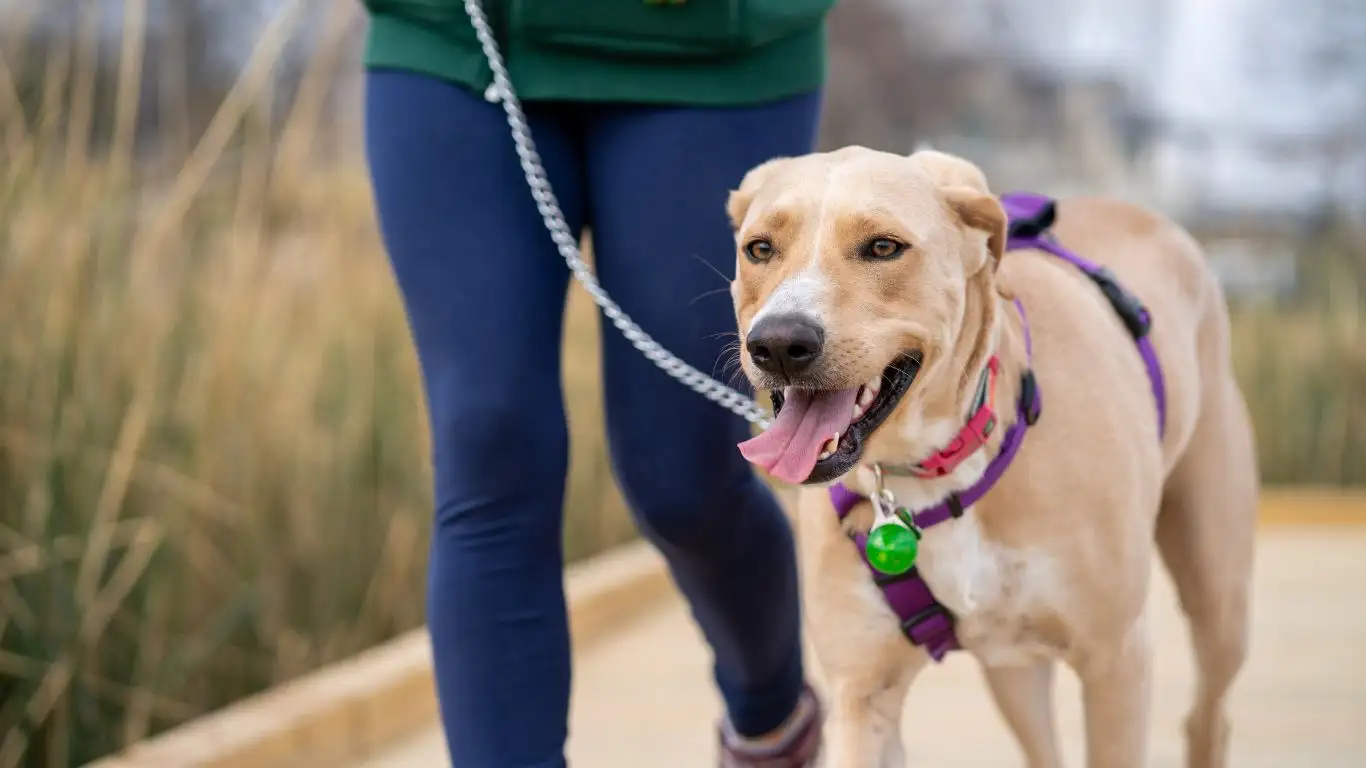
Use the same techniques you’ve been practicing indoors: reward them for staying close, coming when called, and walking with you. The goal is to make sure your dog is still focused on you, even in the presence of distractions. Gradually, you can introduce more elements—such as other people or dogs—while keeping your dog on track with your commands and rewards.
References
Disclaimer
The information provided in this article is based on my personal experience and professional training background. While I have worked with many dogs and their owners, results may vary depending on the individual dog’s temperament, previous training, and overall health. Always consult with a professional dog trainer or veterinarian if you have concerns about your dog’s behavior or health during training.
